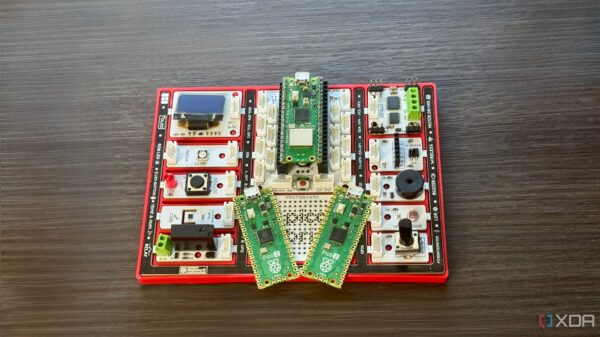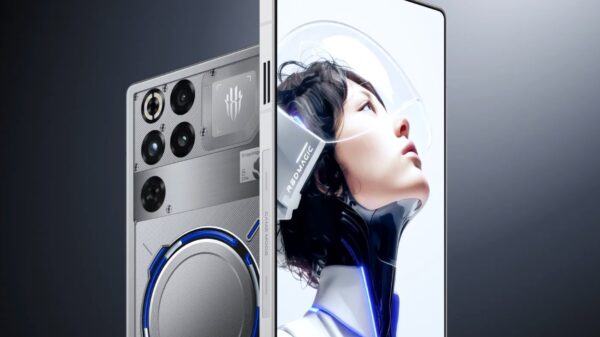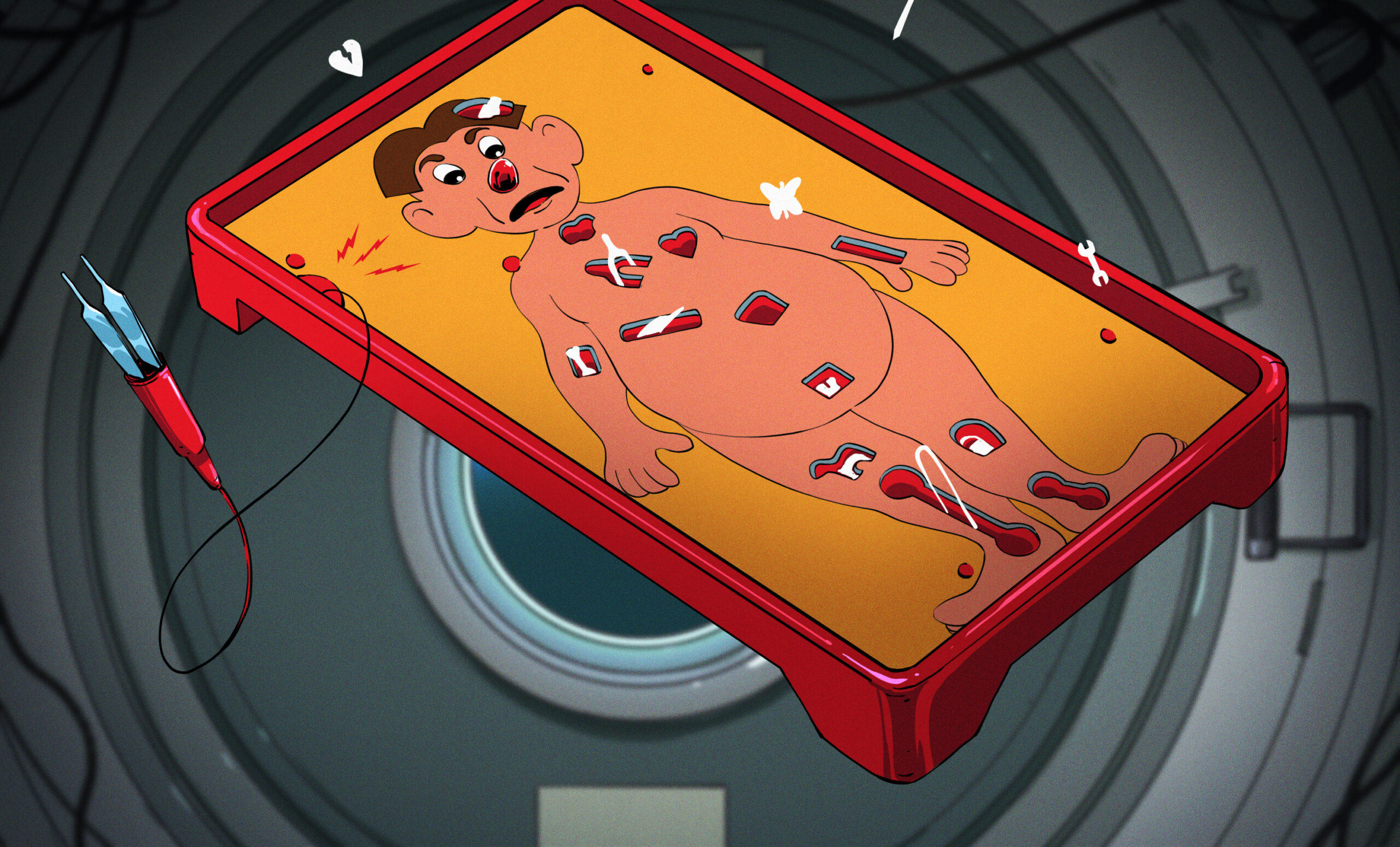The prospect of performing surgery in space faces significant challenges, particularly for astronauts aboard the International Space Station (ISS). Currently, these space travelers are largely on their own when it comes to handling traumatic injuries or medical emergencies. Although the ISS crew is well-trained for various medical scenarios, the lack of surgical capability in orbit raises concerns as human exploration pushes further into space.
In the event of a traumatic injury on Earth, the “Golden Hour” is critical for survival. This term refers to the first hour after a severe injury when prompt medical intervention is most likely to save a life. Urban areas often have access to Level 1 trauma centers, making timely treatment feasible. In contrast, astronauts in orbit have no such immediate access to advanced medical facilities. The ISS is equipped with a comprehensive medical kit, but it lacks provisions for performing even basic surgical procedures.
Despite the absence of surgical intervention, medical incidents aboard the ISS have been relatively rare. According to NASA, most issues encountered by astronauts are minor, such as cuts or nasal congestion. Serious medical events, while they have occurred, have not required surgical intervention. This fortunate trend can largely be attributed to the stringent selection process for astronauts, which ensures they are in peak physical condition.
The Reality of Medical Emergencies in Space
Astronauts undergo extensive medical training, allowing them to handle minor medical issues. However, they are not equipped to perform surgery in space. The prevailing strategy for severe medical emergencies is evacuation back to Earth. This process can take several hours, as launching a Soyuz or Dragon capsule requires time to prepare and execute. Once landed, transportation to a medical facility adds even more time before treatment begins.
The inherent risks of space travel further complicate the situation. Space debris poses a tangible threat, and during extravehicular activities (EVAs), astronauts are vulnerable to both blunt-force and penetrating trauma. The physiological changes experienced during prolonged spaceflight, such as bone demineralization, increase the likelihood of fractures. Moreover, urological complications, such as kidney stones, have been documented in space, highlighting the need for better medical preparedness.
One significant case involved Fred Haise, lunar module pilot of the Apollo 13 mission, who developed a severe urinary tract infection during a stressful return to Earth. His experience underscores the vulnerabilities faced by astronauts regarding health issues in space. The risk of kidney stones has also been realized, with a cosmonaut experiencing symptoms during a mission aboard the Mir space station.
Preparing for the Inevitable: Future Surgical Capabilities
As human space exploration advances, the probability of needing surgical intervention in space increases. Research is actively being conducted to prepare for this eventuality. In 2016, a multidisciplinary team in Canada conducted a simulation study to examine surgical procedures under microgravity conditions. Utilizing a Dassault Falcon 20 Research Aircraft, surgeons performed a simulated trauma procedure to control hemorrhage from a liver laceration. The results indicated that while zero-gravity surgery presented unique challenges, the basic mechanics of the operation were manageable.
The study involved a surgical simulator called a “Cut Suit,” designed to mimic human anatomy. Surgeons performed procedures during brief periods of weightlessness, leading to promising findings regarding the feasibility of surgery in space. Although the simulations lacked critical components such as infection control and anesthesia, they provided valuable insights into the potential for future surgical capabilities in orbit.
Successful execution of surgical procedures in space will depend on addressing challenges such as fluid management and post-operative care. As astronauts conduct longer missions, understanding how to manage recovery in microgravity will be essential. Innovative solutions, including potential artificial gravity environments, may be explored to facilitate surgical recovery and healing.
While the prospect of performing surgery in space is daunting, the groundwork is being laid. The need for surgical capabilities will become increasingly critical as humanity ventures deeper into the cosmos. The journey to making surgery in space a reality is just beginning, but the commitment to overcoming these challenges is evident.







































































